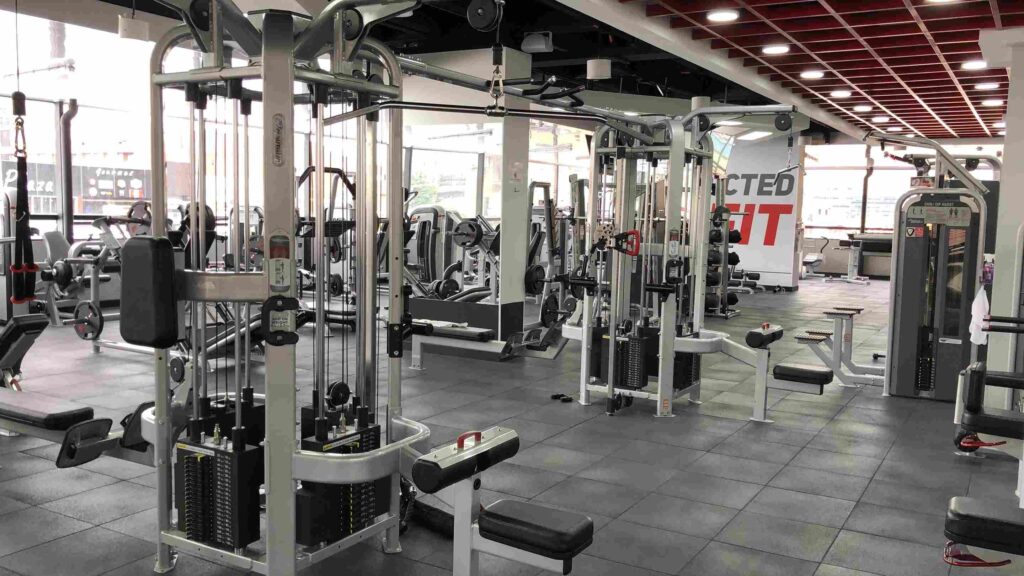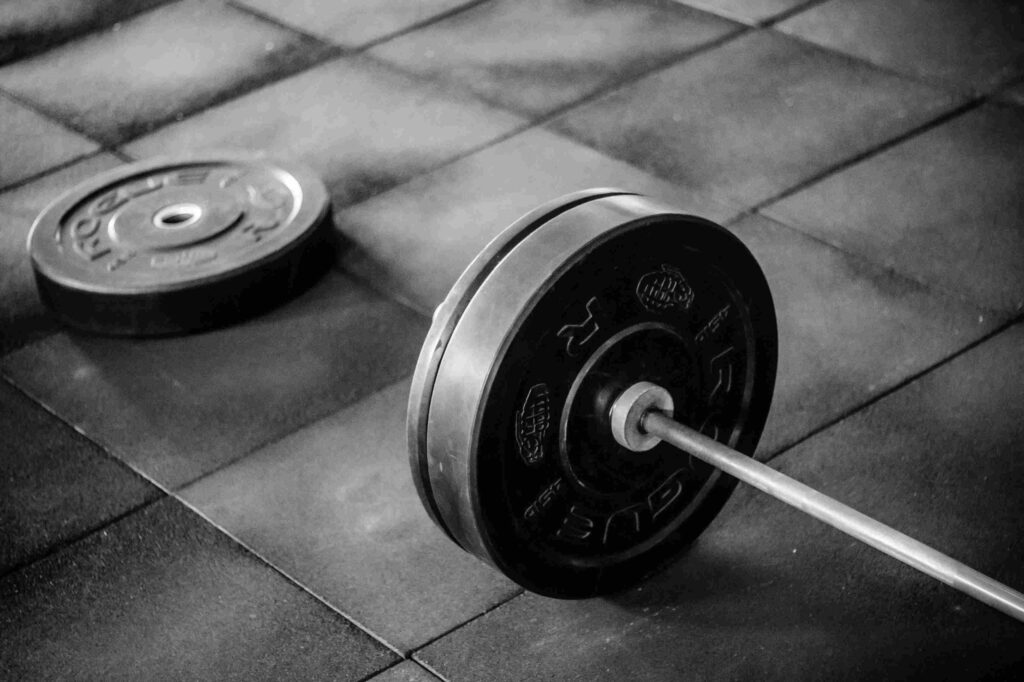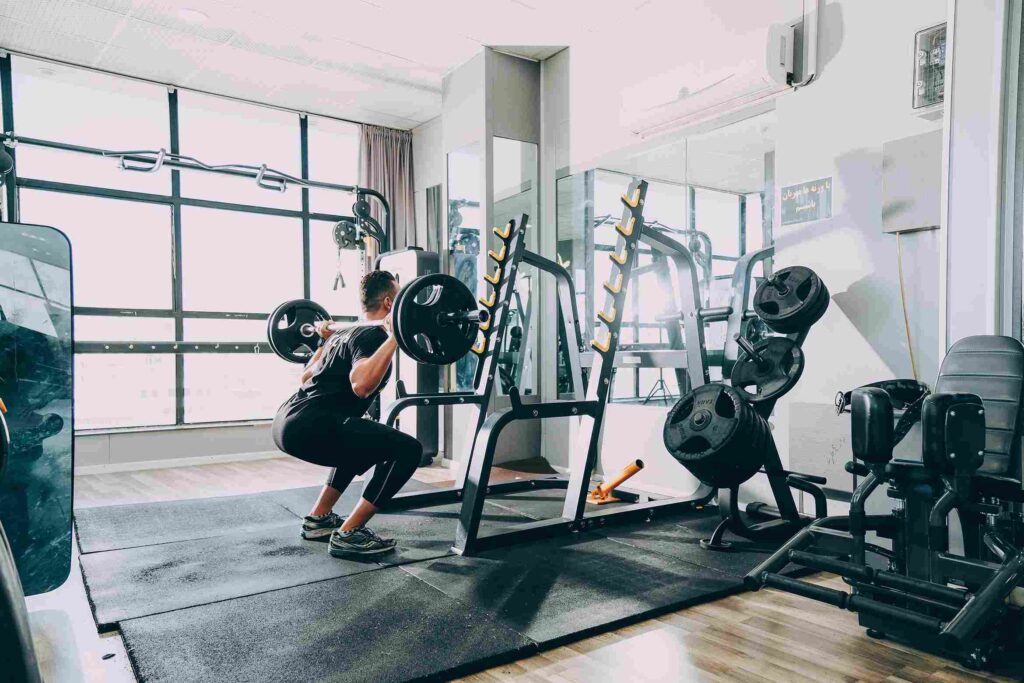The gym is a place to enhance your health, strength, and fitness. However, it’s also a place where injuries can occur if precautions are not taken. Gym safety is of paramount importance to ensure that your workouts are effective and injury-free.
In this comprehensive guide, we’ll discuss how to avoid injuries in the gym, including injury prevention, proper form, warm-up and cool-down routines, weightlifting safety, cardio safety, common gym injuries, and how to treat them.

Table of Contents
Gym Safety
Gym safety involves various practices that aim to minimize the risk of injury and create a secure workout environment. It’s essential to be aware of your surroundings, equipment use, and the limits of your body. Proper safety measures not only prevent accidents but also ensure that your time at the gym is productive.
Injury Prevention
Injury prevention starts with adopting a balanced and safe approach to working out. Here are some key steps to keep in mind:
- Progress Gradually: Avoid the temptation to lift heavy weights or push too hard too soon. Gradual progress is safer and more effective.
- Proper Hydration: Dehydration can lead to cramps and reduced performance. Ensure you’re well-hydrated before and during your workout.
- Good Nutrition: A balanced diet supports muscle recovery and reduces the risk of fatigue-related injuries.
Proper Form
Proper form is a cornerstone of gym safety. Using the right techniques during exercises ensures that you engage the right muscles and avoid straining or injuring yourself. Consider working with a trainer or watching instructional videos to learn and maintain correct form.
Related searches:
Warm-Up and Cool-Down
Warming up and cooling down are often underestimated but are crucial to preventing injuries. A warm-up prepares your muscles for exercise by increasing blood flow and flexibility. A cool-down helps your body return to its resting state and aids recovery.

Weightlifting Safety
Weightlifting is a fantastic way to build strength, but it’s important to do it safely:
- Use spotter assistance for heavy lifts to ensure you’re not stuck under weights.
- Start with a reasonable weight that allows you to maintain proper form.
- Progress gradually by increasing weights in small increments over time.
Cardio Safety
Cardio workouts, like running or cycling, also have their own safety considerations:
- Proper footwear is essential to prevent foot and joint injuries.
- Monitor your heart rate and avoid overexertion.
- Gradually increase intensity to prevent sudden strains on your cardiovascular system.
Common Gym Injuries
Some common gym injuries include sprains, strains, muscle pulls, and joint injuries. Back injuries and shoulder problems are also prevalent. Recognizing the symptoms and causes of these injuries can help you avoid them.
How to Treat Gym Injuries
If an injury does occur, it’s essential to know how to treat it. The R.I.C.E. protocol (Rest, Ice, Compression, Elevation) is a fundamental approach for many injuries. However, more severe injuries may require professional medical attention. Rest is crucial, and it’s often advised to temporarily cease exercising the affected area to allow it to heal.

Gym safety is the key to effective and injury-free workouts. By following the principles of injury prevention, proper form, warm-up and cool-down routines, and specific safety measures for weightlifting and cardio, you can reduce the risk of harm.
Should an injury occur, it’s vital to respond promptly with proper treatment and, when necessary, professional medical care. Always listen to your body and prioritize safety for a healthier, more productive gym experience.


